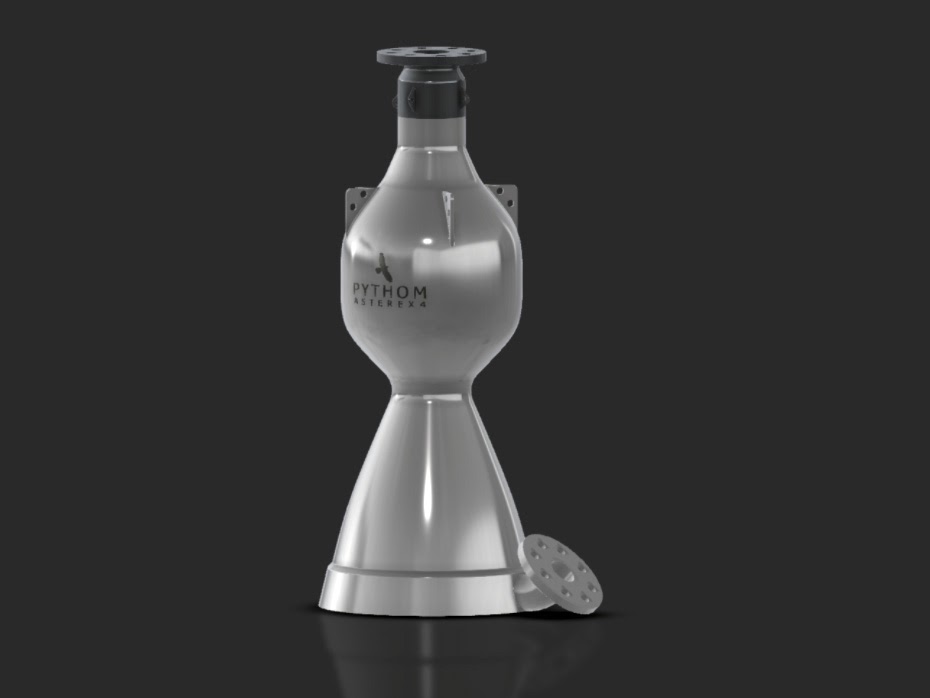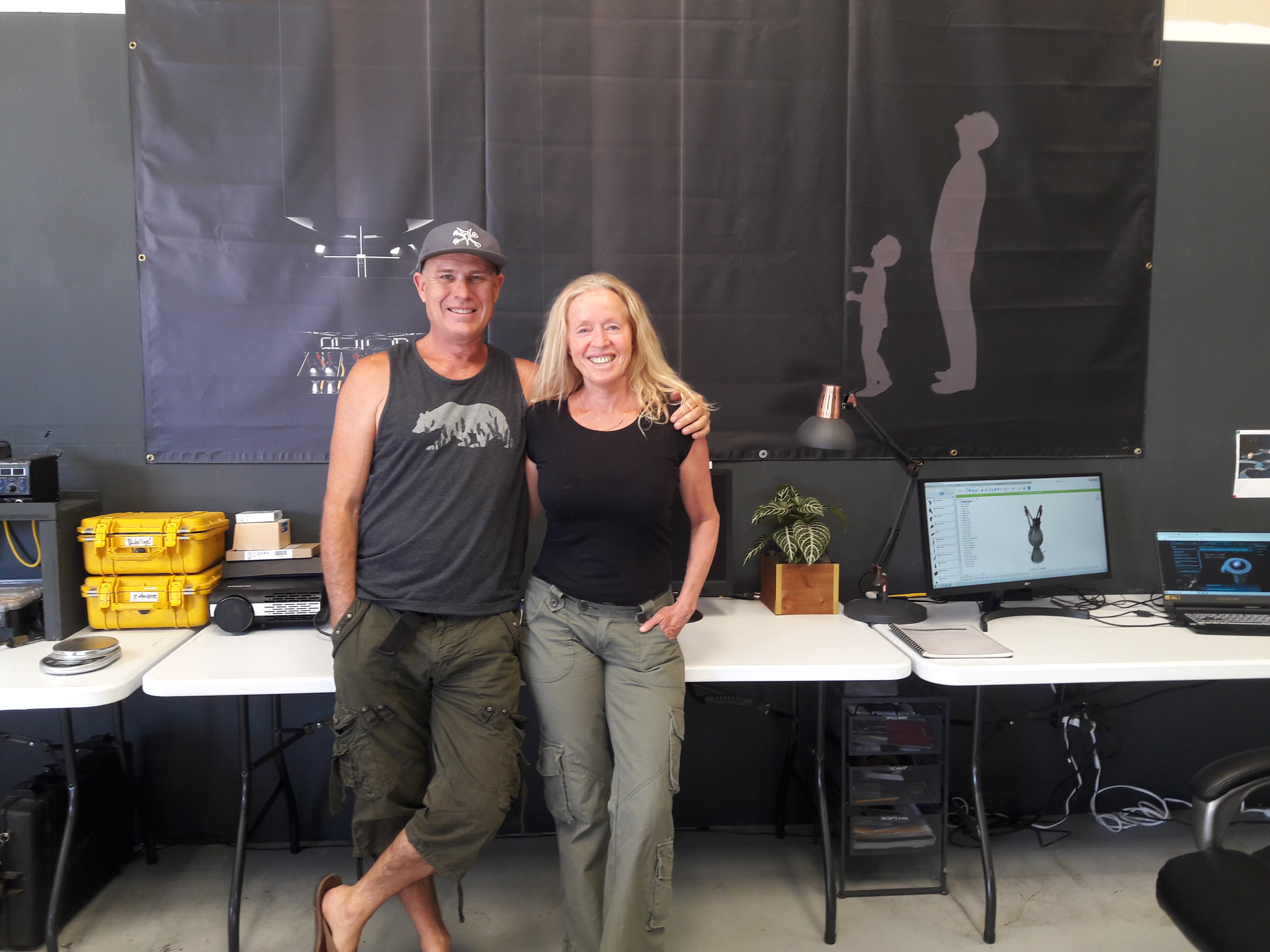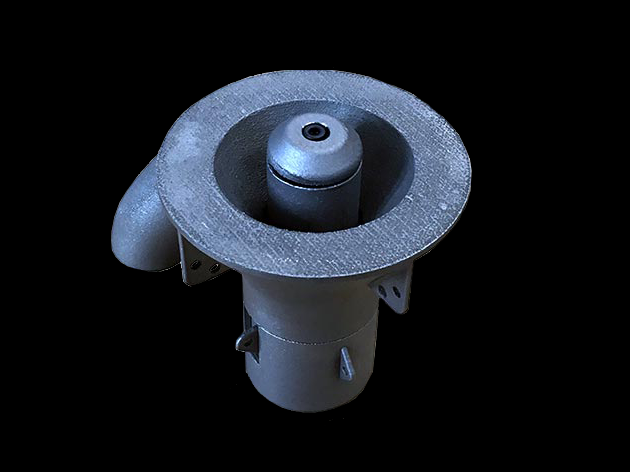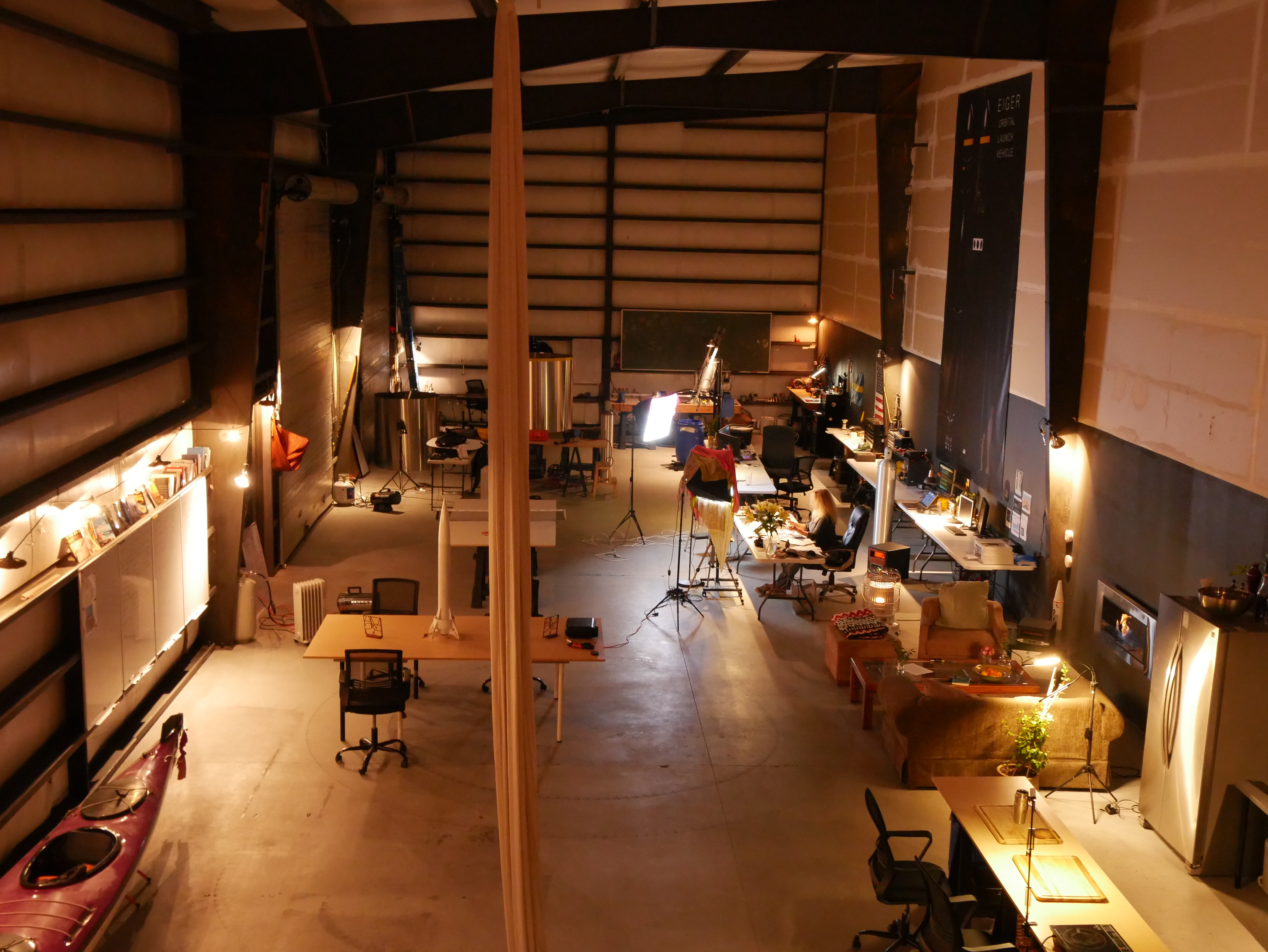After announcing his company’s 3D printed full-scale rocket engine is set to undergo hot tests this side of Christmas, PythomSpace co-founder Tom Sjogren explains how the firm is leveraging 3D printing for the creation of end-use rocket engine parts.
Based in Bishop, California, PythomSpace has partnered with GKN Additive, a subsidiary of GKN Powder Metallurgy Inc, for the creation of its Asterex rocket engine, which is currently on track for a suborbital launch in Q4 of 2021, and a full launch to orbit in 2022.
“Our engine is similar to what was used on the Apollo Lunar Lander and is manufactured in the very same material – Inconel, except ours is 3D printed,” said Sjogren. “Raid manufacturing offers major advantages, but it’s easy to underestimate the craftsmanship still involved with it.”

Entering the space sector
PythomSpace was founded by avid explorers Tina and Tom Sjogren, a husband and wife team who have climbed Everest, skied to the North and South Poles, crossed Borneo on foot, and sailed across the Atlantic from Europe to South America, alongside numerous other adventures. The pair invented a lightweight satellite communication system to keep their followers and sponsors updated on their expeditions, which soon became a business and introduced them to the “extreme tech” world. Planet Earth has now become too small for the Sjogrens, and over the last few years, they have turned their attention towards exploring what lies beyond the stars.
“Space became a natural new frontier after we had been everywhere, and our experience with edge technology gave us the confidence to step into the field and see how far we could take it,” Sjogren explains. “Meanwhile, the world changed in our favor. Building a private rocket and space transportation system would have been almost impossible 20 years ago, but thanks to the progress of CAD, rapid manufacturing, AI, new materials, and much lower costs, space is no longer closed to small entrepreneurs.”

3D printing the Asterex
The Sjogrens spoke to 15 different print shops before landing on GKN, which was chosen for its fast response time, qualified feedback, high-quality output, and reasonable price. The first engine 3D printed with GKN was developed for water tests, and the Sjogrens were impressed with the results. In the last couple of weeks, they ordered their second engine from GKN to be used for hot tests later this month,.
PythomSpace’s Asterex rocket engine is “given for 3D printing” according to Sjogren. With temperatures reaching 3,000 degrees celsius on the ignition, a temperature that melts most metals, the engine must be cooled with a combination of narrow and complex cooling channels. These channels are tricky and time-consuming to manufacture with traditional tools, which is where additive manufacturing comes in. Using 3D printing, the channels can be formed ten times faster than with traditional methods, and also cost a fraction of the traditional costs – 100 times cheaper, Sjogren reveals.
The Asterex is printed in one solid part with a three-part throttle injector inside, which is the fewest parts to make up a complete engine with an injector, as far as the Sjogrens are aware. After the engine is printed, some of its surfaces are machined to the correct roughness. The parts manufactured are all designed for end-use, including part of the plumbing and some of the engine valves.
“We look to 3D printing for almost every single component, but it’s a balance,” continues Sjogren. “Sometimes traditional manufacturing methods are cheaper or better quality. Pipes and other simple parts may be too expensive to print, although we are now printing the engine even with some flanges in place, to minimize welding.
“Propellant tanks and other large structures could be 3D printed, but composites, aluminum, or steel still outperform additive manufacturing. Maybe not for long though.”

Materials and timeline
PythomSpace is primarily using Inconel 625 and 718 to 3D print the rocket engine, as in addition to offering good heat and corrosion resistance it is easy to weld, which is necessary for attaching the flanges and pipes. Meanwhile, the propellant tanks and monocoque structures are made from either aluminum or carbon composites, while some other parts are stainless.
“There are several cool rapid manufacturing methods these days with machines driven by software but without 3D printing, our aerospace company simply would not exist,” Sjogren adds. “The integration with digital design tools, the accelerating choice of materials, the many manufacturing options on a global scale, the low cost, and fast delivery, are all unprecedented for our needs.”
Once it receives its 3D printed engine from GKN, PythomSpace will seek to hot test it in the next month. The firm is planning a suborbital rocket launch for the end of 2021, and hopes to launch its 3D printed rocket to orbit at some point in 2022.

3D printing rocket components
Alongside PythomSpace, an increasing number of companies are utilizing 3D printing technology to develop different types of rocket components for commercial use.
Earlier this year, California-based rocket-building firm Relativity Space announced plans to produce Terran 1, the world’s first fully 3D printed rocket, while ADDere, the additive manufacturing division of Midwest Engineered Systems, used its Laser Wire Additive Manufacturing (LWAM) technology to produce a full-size rocket thrust chamber assembly.
Elsewhere, Rocket Lab’s Electron Rocket passed initial system testing and was raised up onto its launchpad, U.S. space technology startup Rocket Crafters Inc. concluded testing of its Comet Series Hybrid 3D printed rocket engine, and ArianeGroup, a joint venture between Airbus and Safran, successfully tested its first combustion chamber produced entirely by 3D printing.
Most recently, NASA fabricated 3D printed rocket engine components through its Rapid Analysis and Manufacturing Propulsion Technology project, which could be used as part of the Artemis project to return astronauts to the Moon, and prepare for a future mission to Mars.
Subscribe to the 3D Printing Industry newsletter for the latest news in additive manufacturing. You can also stay connected by following us on Twitter and liking us on Facebook.
Be sure to subscribe to the Another Dimension podcast on your chosen podcast player to make sure you never miss an episode.
Looking for a career in additive manufacturing? Visit 3D Printing Jobs for a selection of roles in the industry.
Featured image shows the 3D printed Asterex engine. Image via PythomSpace.


